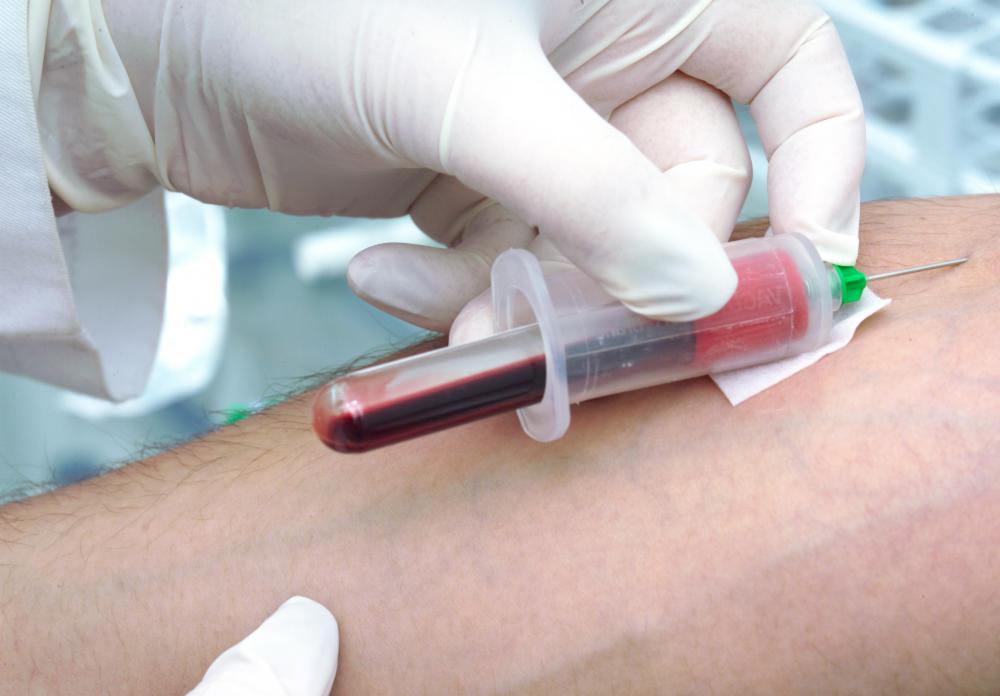At TheHealthBoard, we're committed to delivering accurate, trustworthy information. Our expert-authored content is rigorously fact-checked and sourced from credible authorities. Discover how we uphold the highest standards in providing you with reliable knowledge.
What is Cholangitis?
Cholangitis is an infection of the bile duct, the channel that conveys bile from the gallbladder and the liver to the duodenum of the small intestine to help in the digestion of food. An obstruction due to the presence of something like a stone, tumor, or blood clot within the bile duct system is generally the main cause of the disease. Other possible causes include a blood infection or bacteriemia, bacteria coming from the small intestine, or a diagnostic test like endoscopy. Some of the symptoms of this ailment are pain in the right upper quadrant of the abdomen, fever, and low blood pressure.
Cholangiohepatitis, primary sclerosing cholangitis (PSC), and ascending cholangitis are some of the types of this infection. In cholagiohepatitis, a person experiences repeated attacks of cholangitis. This is combined with intrahepatic biliary obstruction and intrahepatic pigment stones. "Intrahepatic" means they affect structures inside the liver.

In PSC, the swelling of the bile ducts is progressive. This can lead to the obstruction and damage of the bile ducts inside as well as outside the liver. A person suffering from ascending cholangitis experiences infection of the bile duct due to bacteria that rises from the point where it intersects with the duodenum. He or she will probably have jaundice, pain in the abdominal area, or fever.

A person with symptoms of cholangitis will probably need to undergo some diagnostic tests. He or she may need blood tests including a blood culture to verify if there is infection, a test to determine any dysfunction of the liver, and a complete blood count. He or she may also be asked to undergo diagnostic imaging examination such as endoscopic retrograde cholangiopancreatography (ERCP), cholangiography, or percutaneous transhepatic cholangiography (PTC).

The results of these tests can help a medical professional recognize the obstruction in the bile duct system and determine the treatment course. Management of the medical case of a person suffering from cholangitis generally depends on his or her medical history and complexity of his or her disease. Treatment of the disease typically involves the administration of antibiotics through an intravenous (IV) line, restoring the blood pressure to normal level if it is low, and possibly surgery if there is a block in the bile duct system.

Generally, a person in his or her 50s is at risk of having cholangitis. A person who has had gallstones, on the other hand, is at greater risk of having the disease. It is advisable that a person who is considered at risk regularly visit a medical professional for a check-up.
AS FEATURED ON:
AS FEATURED ON:


















Discuss this Article
Post your comments